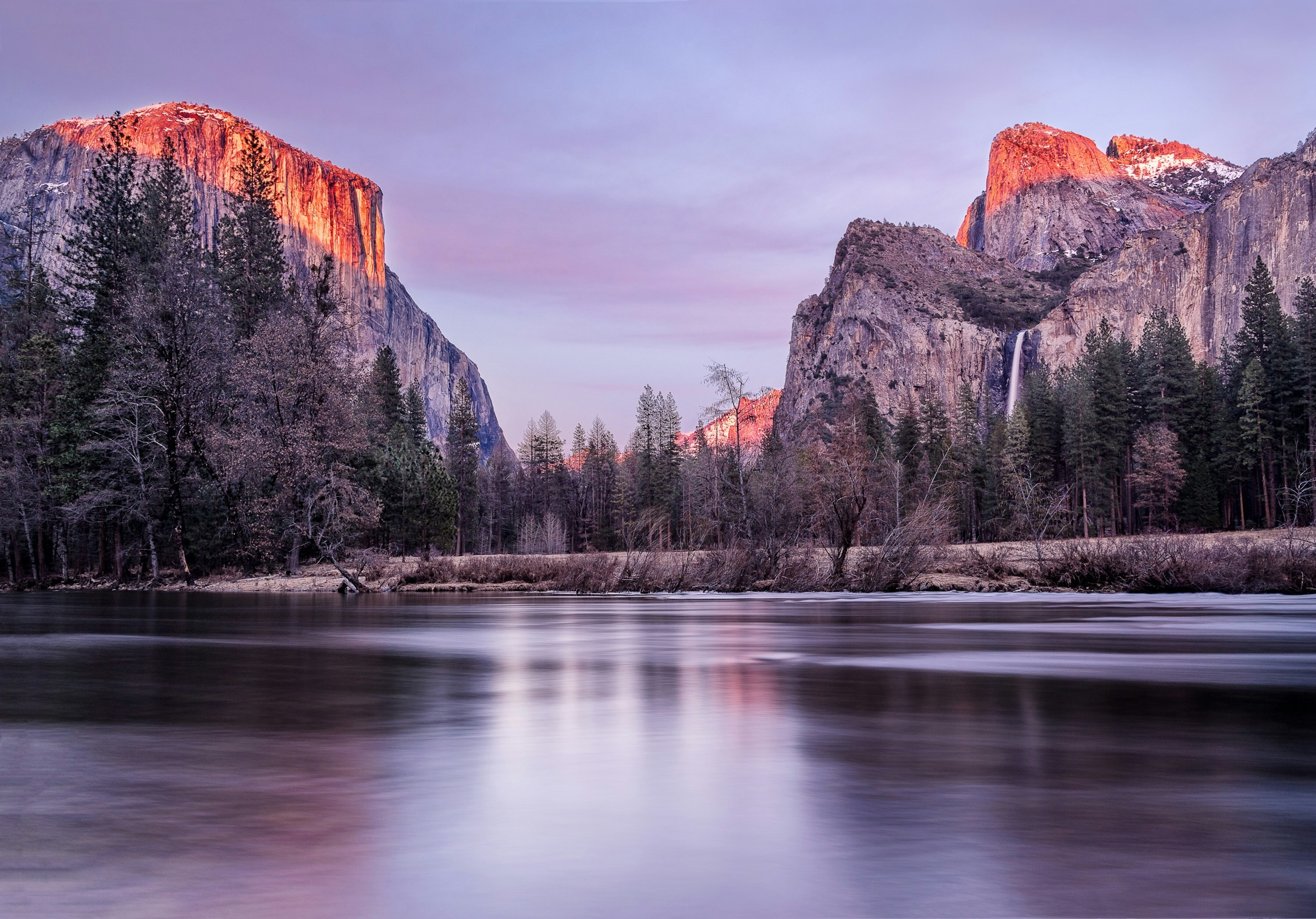Card
Cards contain content and actions about a single subject.
Cards are surfaces that display content and actions on a single topic.
They should be easy to scan for relevant and actionable information. Elements, like text and images, should be placed on them in a way that clearly indicates hierarchy.
Joy provides 4 Card related components:
Card: used as a container to control the direction of the content. It comes with a border radius, padding, and shadow by default.CardOverflow: a handy component that takes care of stretching the content to fill on all edges of the card.CardCover: for displaying background image of the card and used to create layers of gradient.CardContent: usually used withCardCoverto bring the content to the front.
Basic
The Card is a surface-level component that can house multiple others to form a meaningful interface.
For example, here are a few components you would use for common card designs:
Typographyfor creating titles, descriptions, and plain texts.AspectRatiofor controlling images and video sizes.Buttonand/orIconButtonfor call to action elements.
Yosemite National Park
April 24 to May 02, 2021

$2900
Overflow
To have content spanning from edge to edge of the card, wrap it with the CardOverflow component.
It will automatically take care of the top and bottom edges if rendered as the first or last child of the parent card.

Yosemite National Park
California
Back cover
The CardCover component is responsible for creating the content that covers the whole card.
You can think of card covers as a background layer that stay behind the CardContent.
3
2
1
Content
Media
You can use a plain image or a video element inside the CardCover.
It uses object-fit: cover on the image as a default value.
Image
Video
Gradient overlay
Insert an additional CardCover component to create gradient overlays between the cover and the content.

Yosemite National Park
California, USA

Yosemite Park
California, USA
Actions
Whole card area
To have the whole card area clickable, use the Link component to wrap the card's title and then pass the overlay prop to expand the interactive area to fill the whole card.
Note that the keyboard focus appearance will also cover the entire card. For more details about cards accessibility, read Inclusive Component's documentation.

Multiple actions
By default, whenever you have additional action elements such as links and buttons, they'll stay on top of the whole interactive area.
However, in some cases, you might have to manually control each element's z-index.
Component variables
The Card component exposes two important CSS variables that communicate with other Joy components.
If you want to adjust a card's padding or border-radius, it's preferable to do it using the variables below instead of using these properties directly.
That's mainly because the variables will also be used to calculate a proper radius for the card's children.

Card title
A very very long description.
CSS variables
Default as 16px
Default as 12px
<Card>Common examples
Here's how you could replicate a few real-world card designs using several Joy components together with it.
Container responsive
This demo uses a similar technique to the flexbox holy albatross to stack the elements when the container's width is below a specified number.



